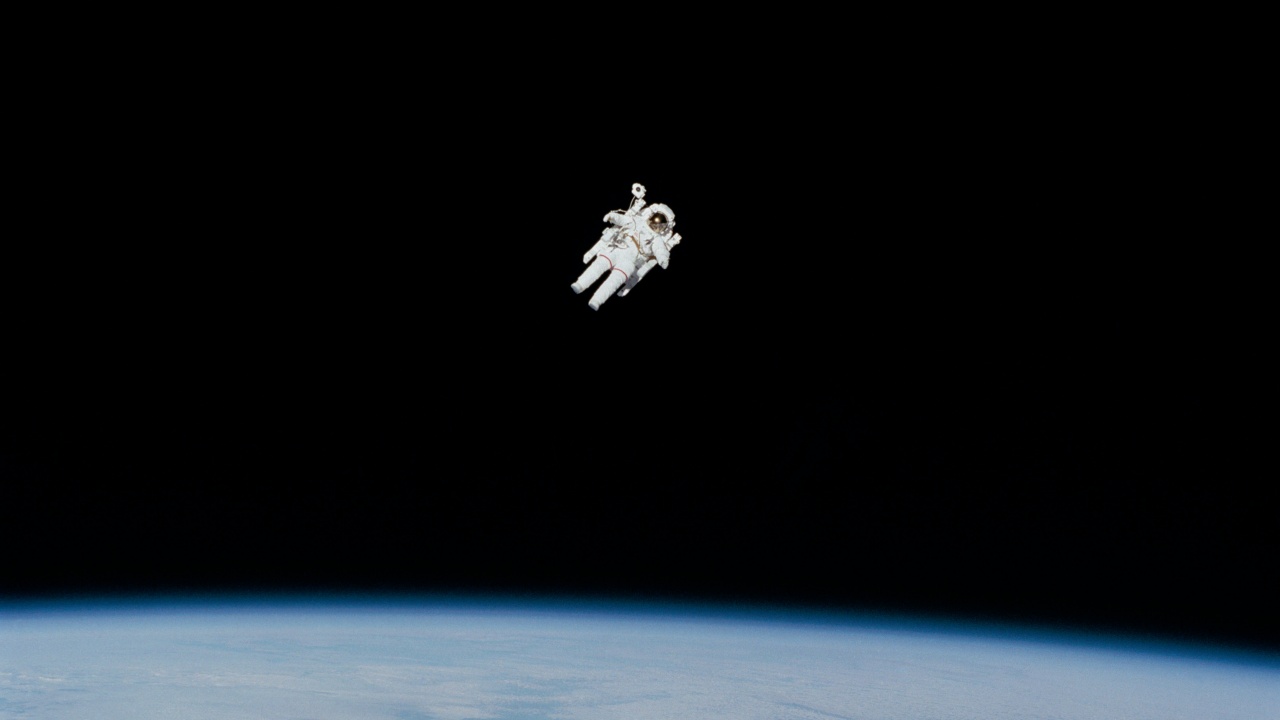Since November 8, NASA Plus, the Netflix of the U.S. space agency, has been available; more specifically, it is a streaming platform in which the agency’s archive, organized by themes, series, and events, along with other disclosed content, is online for free and without advertising.
We are talking about an incredible heritage that goes back as far as the 1960s and is continuously expanding, like the Universe: images and videos that can be used for educational and popular purposes, and designed for different audiences. The STEMonstrations series, for example, consists of short 3- to 5-minute educational videos shot by crew members aboard the International Space Station to tell children about STEM topics, from the English science, technology, engineering and mathematics, a term used to refer to science-technology disciplines. Inside the ‘Explore Topics’ drop-down menu under KIDS, it is possible to browse through all the content designed specifically for education, such as the animated series ‘NASA’s Traveler,’ a cute ‘traveler’ discovering black holes.
There is no more appealing way to learn about space than through the stories of those who first explored it, such as astronaut Neil Armstrong, the first man on the moon, or like the scientists and engineers of the Apollo era, who in the Moon 101 series, describe problems, and their solutions, encountered in the great adventure of the moon landing. Or, of those working on ambitious projects, such as the team of the Artemis program, the spaceflight program that aims to land ‘the first woman and the next man’ on the lunar satellite. In ‘Humans In Space’ you can find in the form of interviews and documentaries these valuable portraits, crucial to charting the course of space expansion.
Photo credits: NASA su Unsplash

